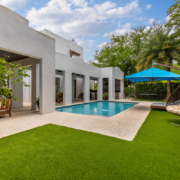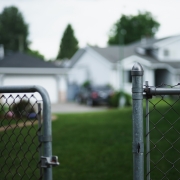When The Water Dries Up
We heard something interesting from a friend of ours the other day, as we were talking about the news and current events, from a real estate and property management perspective.
She was talking about people’s incentive to do things to their properties, and how they make important decisions.
“Too often, “she said, “you don’t do something until a problem is staring you directly in the face. You might want things to be different, but when you finally face up to the issue, it’s time for a quick solution! You’ve already waited, really, too long. It’s just human nature, really…”
One of the things she was talking about is the drying up of American communities. For instance, low land in Colorado has been facing issues with the Colorado River drying up, and the main water supply disappearing. This has created quite a bit of consternation, although other communities in other places may not be paying attention as much as they should.
So if you’re in a situation like this, what do you do?
Lawns and Exterior Spaces
Disappearing water is a problem for homeowners with lush, green lawns.
We’ve seen in communities like the greater Denver area, and Phoenix, Arizona, where less available public water makes it hard to maintain green grass.
We’ve even seen where people put in sod, and it dies pretty much directly primarily as a matter of not having sufficient water.
If you’ve never done this before, it might seem like a small problem – except that people often put a lot of time and money into the sod, (or the grass seed, in fact) – and if the project doesn’t work out, they have to start again. It can be really dispiriting and a major problem with maintaining a property and achieving good presentation.
That’s another area where artificial turf can shine – in showing off the best side of your property for years and years at a time, instead of presenting the homeowner with a perennial problem that leaves them scratching their heads each season.
What’s the solution? We think there is an easy solution in the form of artificial turf.
You buy the stuff by the square foot. It’s easy to clean, and easy to install. It’s safer for children and pets. And it doesn’t require enormous amounts of water on a regular basis!
Take a look at our FAQ and other resources, and think about taking advantage of modern technology to make your old labor-intensive lawn a thing of the past.


